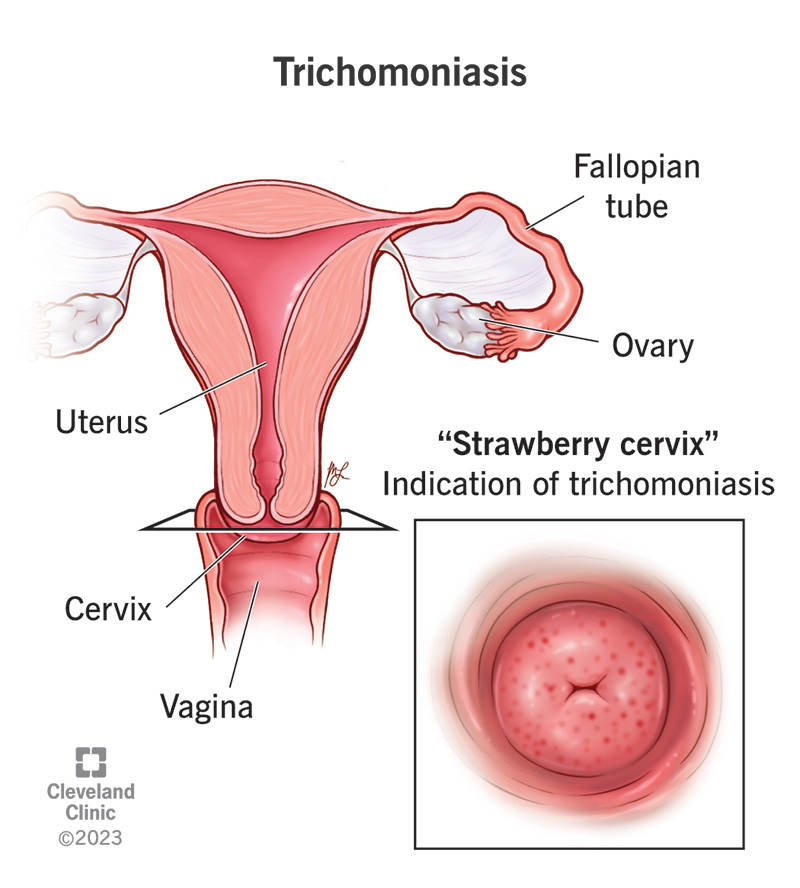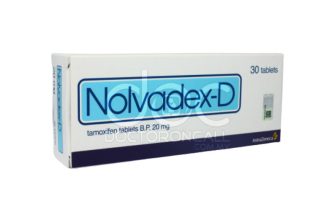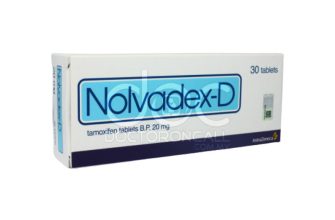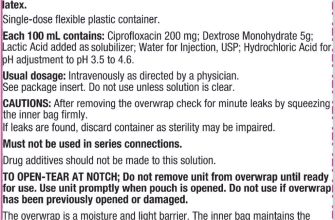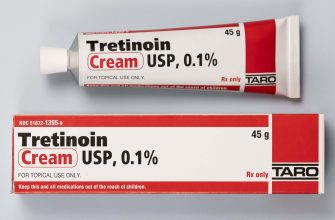No, amoxicillin is ineffective against trichomoniasis. This sexually transmitted infection (STI) requires specific treatment with metronidazole or tinidazole.
Trichomoniasis is caused by a parasite, Trichomonas vaginalis, while amoxicillin targets bacteria. Using the wrong medication won’t cure the infection and may delay proper treatment, potentially leading to complications. Always consult a healthcare professional for diagnosis and treatment of STIs.
Accurate diagnosis is key. Your doctor will likely perform a pelvic exam and may order tests to confirm trichomoniasis. Following the prescribed medication regimen correctly is also crucial for a successful outcome. Early and appropriate treatment prevents long-term health problems and minimizes the risk of spreading the infection to sexual partners.
Remember: Self-treating STIs is risky. Seek professional medical advice for accurate diagnosis and effective treatment. This ensures you receive the right medication and guidance for your specific situation.
- Can Amoxicillin Treat Trichomoniasis?
- Effective Treatments for Trichomoniasis
- Seeking Medical Attention
- Trichomoniasis: A Bacterial or Parasitic Infection?
- Amoxicillin’s Mechanism of Action and Target Bacteria
- Effective Treatments for Trichomoniasis: Metronidazole and Tinidazole
- Seeking Professional Medical Advice for Trichomoniasis Treatment
Can Amoxicillin Treat Trichomoniasis?
No, amoxicillin will not treat trichomoniasis. Amoxicillin is a penicillin-based antibiotic effective against bacteria, while trichomoniasis is a sexually transmitted infection (STI) caused by the Trichomonas vaginalis parasite, a protozoan.
Effective Treatments for Trichomoniasis
Trichomoniasis requires treatment with specific antiparasitic medications. Your healthcare provider will typically prescribe metronidazole or tinidazole. These medications directly target and eliminate the T. vaginalis parasite. Follow your doctor’s instructions carefully regarding dosage and duration of treatment. Untreated trichomoniasis can lead to complications, including pelvic inflammatory disease (PID) in women and inflammation of the urethra in men. It’s crucial to also treat sexual partners to prevent reinfection.
Seeking Medical Attention
If you suspect you have trichomoniasis, which may present with symptoms like vaginal discharge, itching, or burning, schedule an appointment with your doctor or a sexual health clinic immediately. They can provide a proper diagnosis through a physical exam and testing, and then prescribe the appropriate medication. Self-treating STIs is risky and can delay proper treatment, potentially leading to further health issues.
Trichomoniasis: A Bacterial or Parasitic Infection?
Trichomoniasis is a parasitic infection, not a bacterial one. It’s caused by a single-celled parasite called Trichomonas vaginalis.
This parasite thrives in warm, moist environments, making the vagina and urethra ideal locations for infection. Transmission occurs primarily through sexual contact. Antibiotics, such as amoxicillin, are ineffective against parasites. Specific anti-parasitic medications are needed for successful treatment.
Symptoms can include vaginal discharge, itching, and burning. However, many individuals infected with T. vaginalis experience no symptoms at all. Early diagnosis and treatment are important to prevent complications, including increased risk of other sexually transmitted infections and potential fertility issues.
Remember: If you suspect you have trichomoniasis, consult a healthcare professional immediately for accurate diagnosis and appropriate treatment.
Amoxicillin’s Mechanism of Action and Target Bacteria
Amoxicillin is a beta-lactam antibiotic. It works by inhibiting bacterial cell wall synthesis. Specifically, it interferes with the formation of peptidoglycan, a crucial component of the bacterial cell wall. Without a properly functioning cell wall, bacteria are vulnerable and eventually die.
Amoxicillin targets a wide range of Gram-positive and some Gram-negative bacteria. Its effectiveness varies depending on the specific bacterial strain and its resistance mechanisms.
- Gram-positive bacteria: Amoxicillin effectively combats many strains of Streptococcus (causing strep throat, pneumonia), Staphylococcus (causing skin infections, food poisoning – although resistance is increasing), and Listeria (causing listeriosis).
- Gram-negative bacteria: Its activity against Gram-negative bacteria is more limited. It is effective against some strains of Haemophilus influenzae (causing ear infections, pneumonia), and Helicobacter pylori (causing stomach ulcers), but resistance is a growing concern.
It’s important to note that amoxicillin is not effective against parasites, including Trichomonas vaginalis, the causative agent of trichomoniasis. Therefore, amoxicillin is not a suitable treatment for this infection.
- Antibiotics like amoxicillin target bacteria; they do not affect parasites.
- Different antibiotics have different mechanisms of action and target different microorganisms.
- Always consult a healthcare professional for appropriate diagnosis and treatment of infections.
Effective Treatments for Trichomoniasis: Metronidazole and Tinidazole
Trichomoniasis responds well to both metronidazole and tinidazole. Doctors typically prescribe a single dose of either medication.
Metronidazole, available as a tablet or gel, is a widely used and generally safe treatment. Common side effects include nausea, vomiting, and a metallic taste in the mouth. These are usually mild and temporary. Important: Avoid alcohol consumption during treatment and for at least 24 hours afterward because of potential interactions.
Tinidazole, another effective option, also comes in tablet form. It shares similar side effects to metronidazole, but some patients find it easier to tolerate. Similar to metronidazole, abstain from alcohol during and immediately after treatment.
| Medication | Dosage | Administration | Side Effects | Alcohol Interaction |
|---|---|---|---|---|
| Metronidazole | Single 2g dose or 500mg twice daily for 7 days | Oral | Nausea, vomiting, metallic taste | Avoid during and 24 hours after |
| Tinidazole | Single 2g dose | Oral | Similar to Metronidazole | Avoid during and 24 hours after |
Both medications are highly successful in treating trichomoniasis. However, it’s crucial to complete the prescribed course even if symptoms disappear. Retreatment may be necessary if the infection persists. Always consult a healthcare provider for diagnosis and treatment. They can assess your individual needs and recommend the most suitable option.
Seeking Professional Medical Advice for Trichomoniasis Treatment
See a healthcare provider immediately. Delaying treatment can lead to complications. A doctor can accurately diagnose trichomoniasis through a simple examination or lab test.
Accurate diagnosis is key. This allows your doctor to prescribe the correct medication and dosage, ensuring effective treatment. Self-treating can be risky and may not eliminate the infection.
Discuss your sexual history with your doctor. This information helps them manage your care and inform your partners of the infection, facilitating their treatment. Your doctor will provide guidance on how to discuss this sensitive topic with your partners.
Follow your doctor’s instructions carefully. Take the full course of medication as prescribed, even if symptoms disappear. Failure to complete treatment increases the risk of recurrence and antibiotic resistance.
Ask your doctor about potential side effects and how to manage them. Some medications have mild side effects. Knowing what to expect helps you cope better.
Schedule a follow-up appointment. This allows your doctor to monitor your progress and ensure the infection is fully cleared. Your doctor might also perform additional tests.
Remember, early diagnosis and treatment are crucial for successful recovery. Don’t hesitate to seek help!

